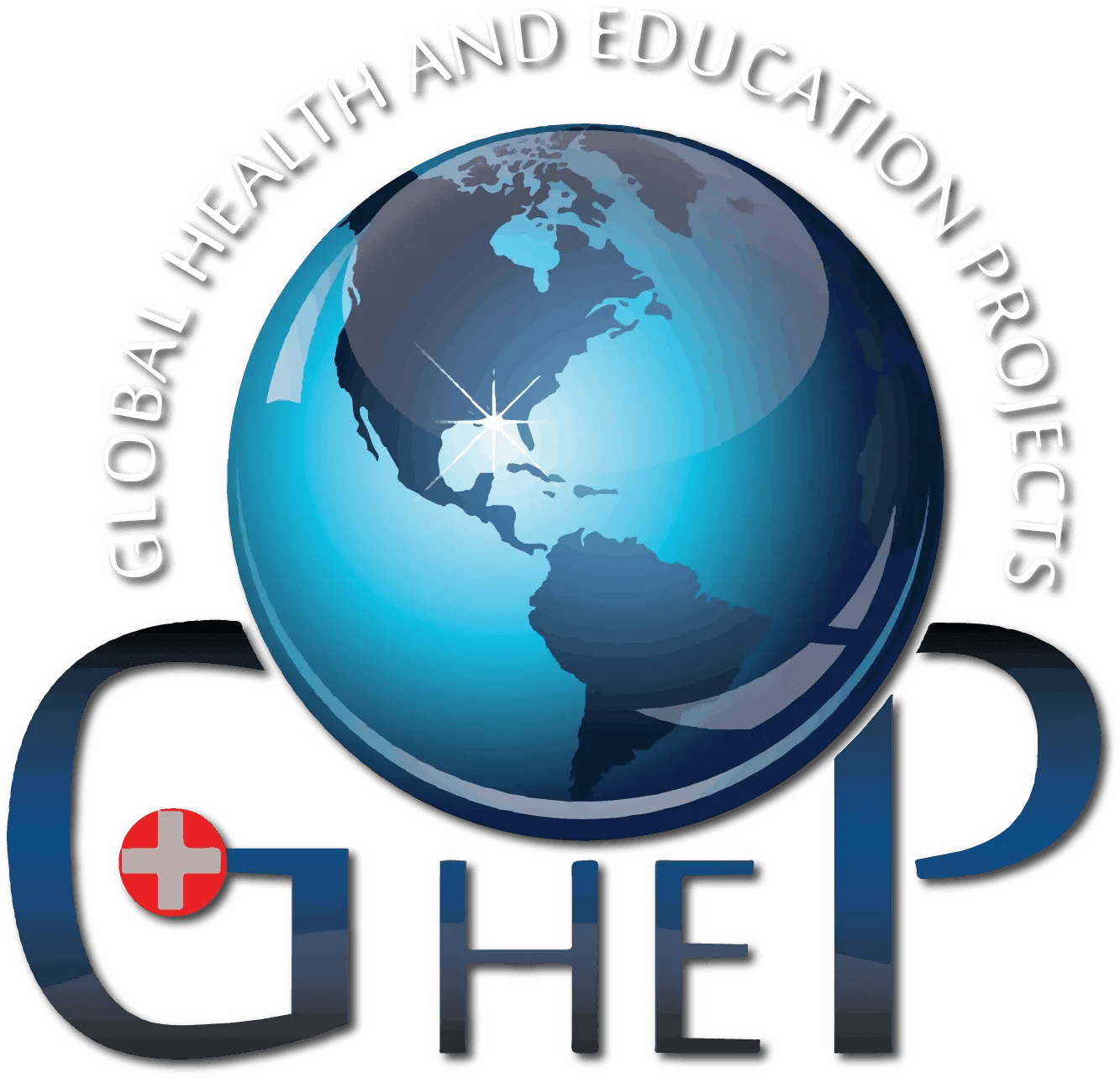Global health issues have a direct impact on U.S. domestic public health via its direct impact on medical care in the U.S. The more the connected the world becomes, the easier it is for disease to spread, thus increasing the potential for sickness. I believe that, s public health practitioners, we should be concerned with both domestic and global health as both are deeply intertwined.
PUBLIC HEALTH is a broad field that encompasses many disciplines. One of the major disciplines in public health, which has also identified as a core discipline, is the field of epidemiology. Epidemiology is concerned with the distribution and determinants of health-related states or events in humans, particularly human populations. The discipline of epidemiology as it applies to public health has been around for many years, and has continued to evolve since its inception.
In a brief article by Dr. Jonathan Borak of Yale University entitled “5 Classic Articles in Public Health, five publications that had significant impacts on public health are discussed. The first article is a publication by Bradford Hill outlining criteria recommended to be used when establishing a causal relationship. Hill’s criteria for causation are well-known in the epidemiology world, any epidemiology student has inevitably had at least some exposure to it, and are thought to be especially important for observational epidemiological studies that try to establish a relationship between two conditions. The second article describes how the analysis of cancer mortality statistics was used to generate the multistage theory of cancer and is a perfect example of how surveillance, a common tool used in the public health epidemiology field, can be used to generate further hypotheses and give further insight into diseases.
Two other articles, one dealing with the effect of lead on children’s neurobehavioral function and the other dealing with the health effects of air pollution, exemplify how epidemiological studies help to shape public health policy and actions. The last article discussed was a review article that illuminated the importance of understanding the public’s perception of risk both in qualitative and quantitative terms when planning and promoting public health. All of these articles have had great public health impacts and are just a few of many that have contributed to the advancement of the field of public health and epidemiology.
Public health is also closely tied with global health. In the last decade global health has become increasingly important to the field of public health. Dr. Cindy Howard of the University of Minnesota presented, in here Introduction to Global Health, why global health is important: humanitarian reasons, equity reasons, the direct impact on U.S. healthcare, and the indirect economic and political impact. In terms of humanitarian reasons, many persons in underdeveloped countries, especially children, die from undernutrition, a health event that is easily preventable and is tied to a number of diseases and thus is of utmost concern to global health. Global health is also important because it can help address the differences in health equity.
It is widely known that there is a big difference in the quality of care and the resources for addressing healthcare and that some countries bear a bigger burden of disease than others. Global health issues also have a direct impact on U.S. domestic public health via its direct impact on medical care in the U.S. As outlined, the more the connected the world becomes, the easier it is for disease to spread, thus increasing the potential for sickness. The final reason for why global health matters is due to its impact on the economy in terms of the increasing cost of treating diseases and the role that adverse health conditions play in poverty and political instability. These are but only a few reasons why global health truly matters. As an emerging public health practitioner, I believe that, as public health practitioners, we should be concerned with both domestic and global health as both are deeply intertwined. I think all practitioners should understand and realize this connection in their work.
About the Author
Ms. Janna Murray is on a semester-long graduate internship with the Global Health and Education Projects, Inc., Washington, DC. She is a candidate for the Master’s of Public Health in the College of Public Health at the University of South Florida, Florida, USA. While on internship with GHEP, Janna is working on a number of public health tasks and will be completing final project exploring Under-5 mortality in 57 low and middle-income countries of the world.

